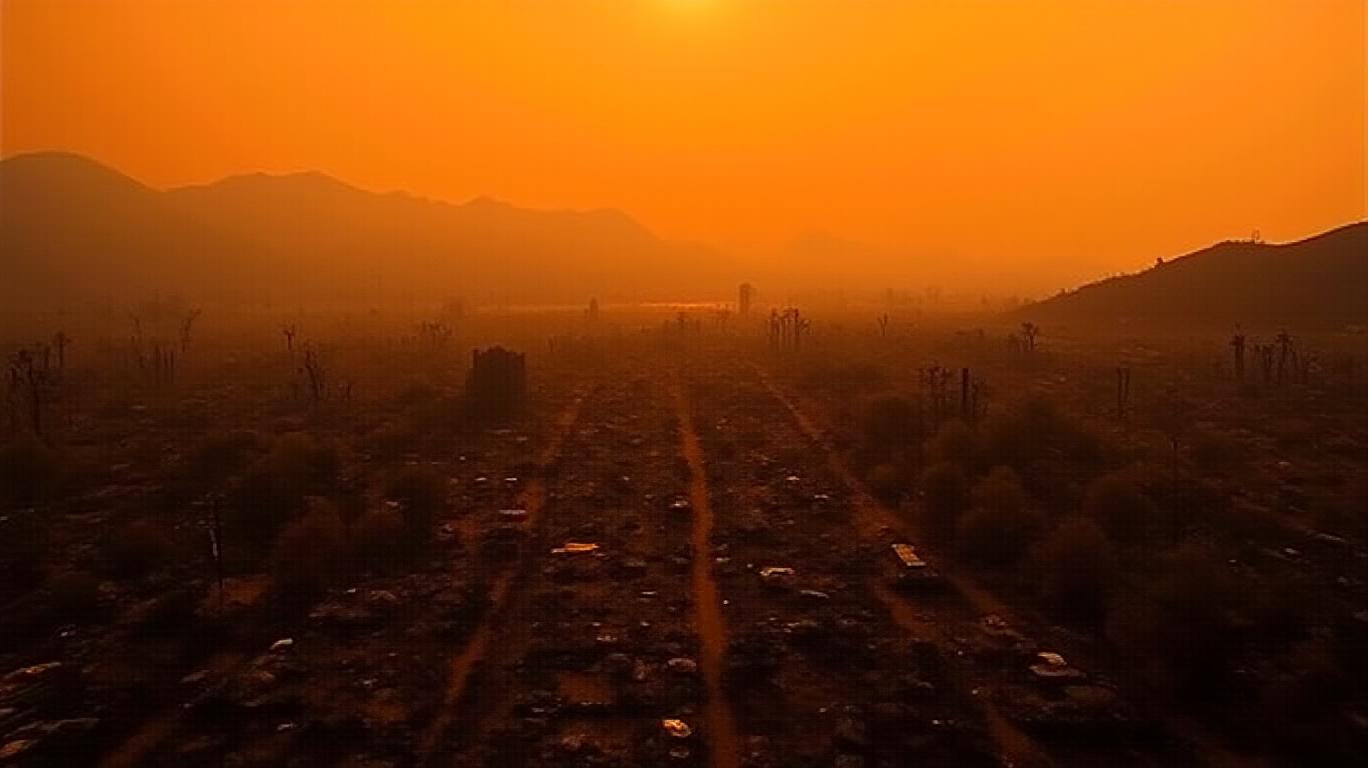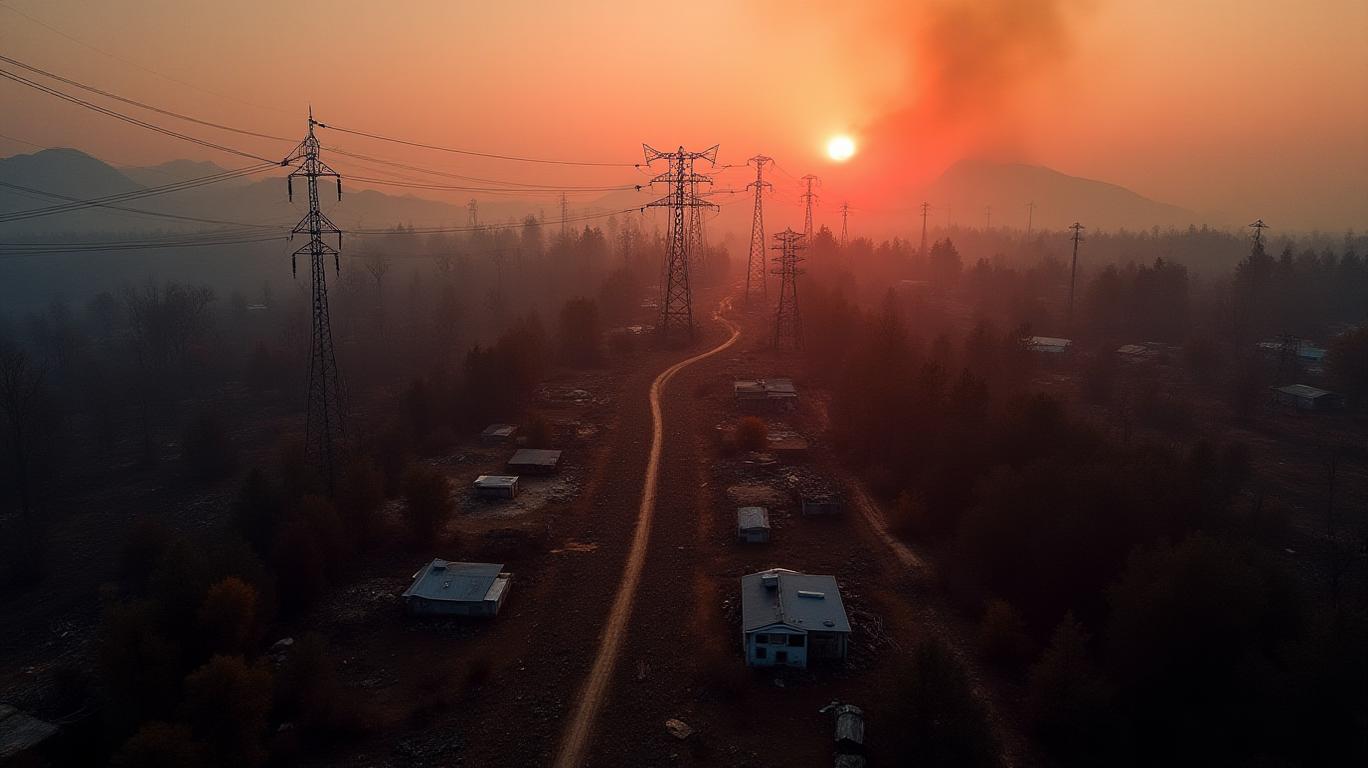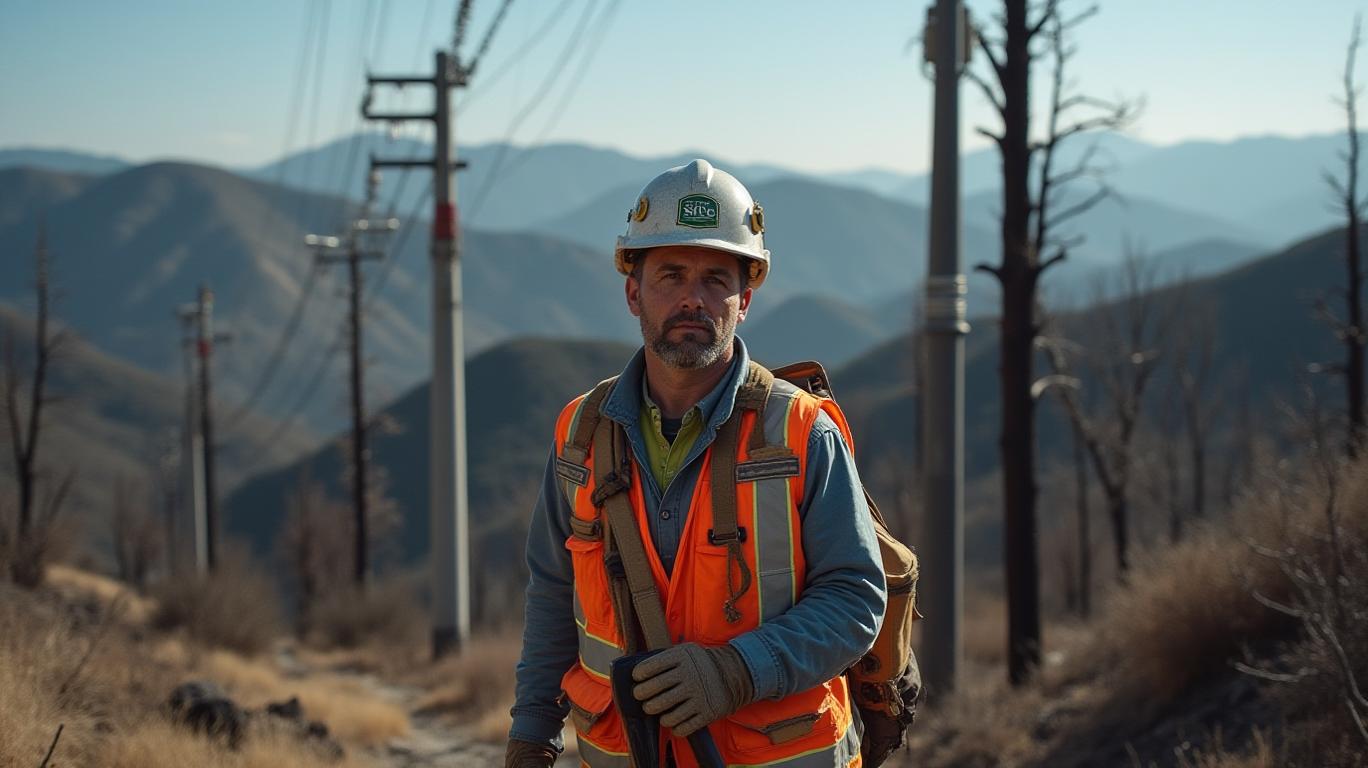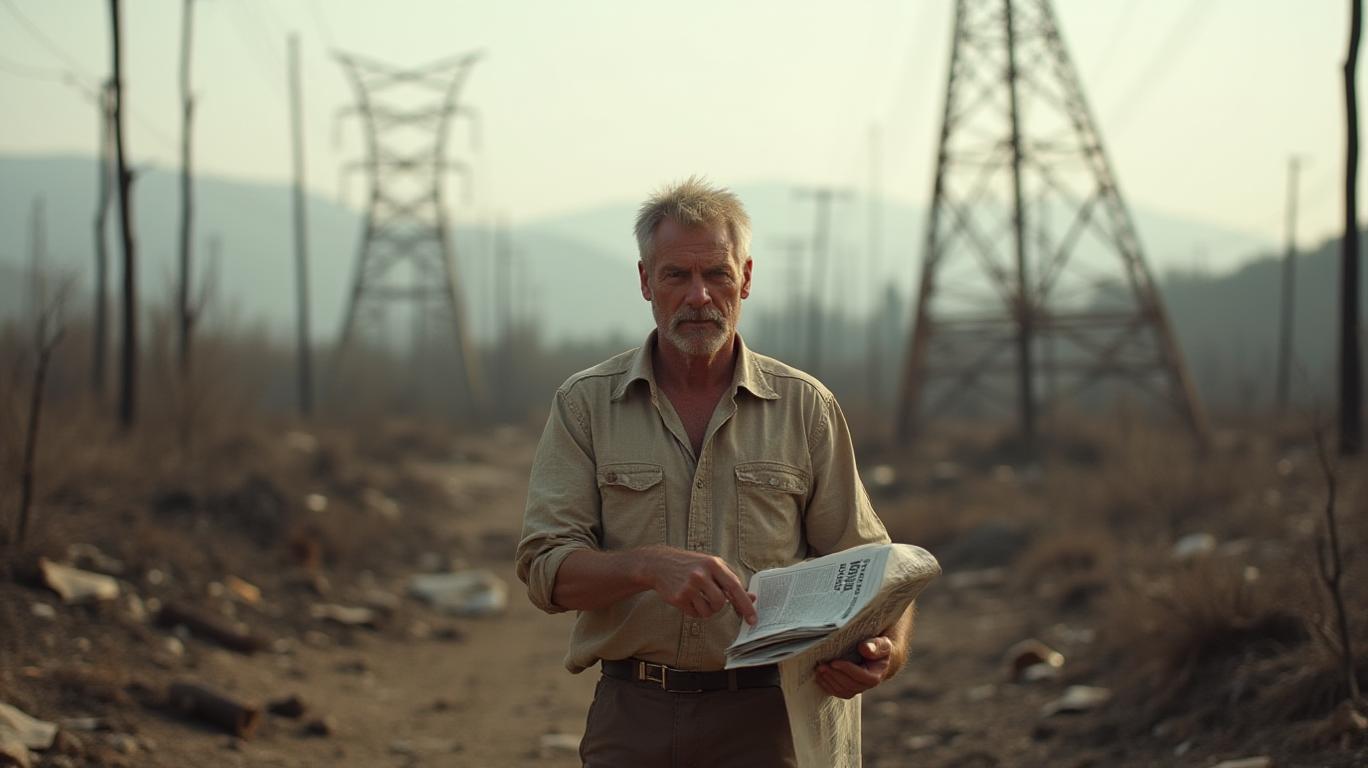Burning Financial Risks: How Wildfires Are Igniting Utility Sector Uncertainty
The flames of the Eaton Fire, which ravaged Southern California in January 2025, have long since been extinguished. But the financial fallout is just beginning to roar.
In late April, Southern California Edison (SCE) and its parent company, Edison International (EIX), faced a reckoning as regulators, investors, and plaintiffs scrutinized the utility’s role in the disaster. The Eaton Fire—now linked to SCE’s equipment—has become a flashpoint for a broader crisis in wildfire liability, insurance, and investor confidence.
The Eaton Fire: A Catalyst for Financial Chaos
The January wildfire destroyed over 9,000 structures and burned 14,000 acres, but its true economic toll is still unfolding. On April 23–26, SCE’s CEO Pedro Pizarro admitted during a quarterly earnings call that the company is “probable” to incur material losses from the fire. This marked the first explicit acknowledgment of liability, with potential damages exceeding $10 billion—a fraction of the $250 billion in total economic losses estimated by analysts.

The fire’s origin remains under investigation, but evidence is mounting. Plaintiffs’ attorneys have cited video footage showing electrical arcing near SCE’s transmission towers, while maintenance failures and dormant power lines have emerged as leading ignition theories.
Legal and Financial Fallout: A Perfect Storm
The Eaton Fire has ignited a legal firestorm. By late April, SCE faced over 20 lawsuits, including claims from the County of Los Angeles and cities like Sierra Madre and Pasadena. These cases seek compensation for property damage, wrongful deaths (18 confirmed), and economic losses.
The stakes are existential. A key data point: Edison International’s stock price closed at $58.73 on April 26, down 26% year-to-date, reflecting investor anxiety over liability risks.
The financial pressures extend beyond stock declines. SCE’s $1 billion self-insurance account is the first line of defense, but if deemed “imprudent” by regulators, the company could face a mandatory repayment of $4 billion to California’s wildfire fund—a pool that had only $14.7 billion remaining as of December 2024.
Broader Implications: The Utility Sector’s Burning Problem
The Eaton Fire underscores a systemic vulnerability in utilities exposed to wildfire risks. California’s wildfire fund, established in 2019 to shield utilities from catastrophic liabilities, is already strained. With SCE’s potential claims and other ongoing wildfires, experts warn the fund may be $6–8 billion short of covering future damages.
This has sparked calls for reform. Pizarro hinted at discussions with lawmakers to expand the fund, but no solutions are imminent. Meanwhile, investors are re-evaluating utilities’ risk profiles.
What’s at Stake for Investors?
- Utilities in wildfire-prone regions face escalating liability risks, with inverse condemnation laws allowing claims without proof of negligence.
- Insurance costs and regulatory scrutiny are rising, squeezing profit margins.
The parallels to Pacific Gas & Electric’s 2019 bankruptcy—triggered by wildfire liabilities—loom large. Edison International’s stock decline mirrors PG&E’s pre-bankruptcy trajectory, raising fears of a similar collapse.
Conclusion: Navigating the Flames
The Eaton Fire’s financial fallout is a wake-up call for investors. Utilities in fire-prone areas like California, Arizona, and Colorado are no longer just managing operational risks—they’re sitting on potential liabilities that could dwarf their market caps.
Actionable Takeaway:
- Avoid utilities with outdated infrastructure or poor maintenance records.
- Prioritize companies with diversified revenue streams, robust insurance funds, and proactive fire-prevention tech (e.g., Interstate Waste Services’ Fire Rover systems).
The wildfire crisis isn’t just about flames—it’s about the ashes of poor risk management. Investors ignoring this smoke signal may find themselves burned.
Data sources: SCE earnings calls, California Wildfire Fund reports, legal filings, and financial analyses by JPMorgan and Moody’s.


_442a2dcc1749832873286.jpeg)
_e68fac6d1749831664430.jpeg)






I made over 150k here with an expert’s help and recommendation 🤗
She’s great connect 🇺🇸+.𝟣𝟧𝟨𝟥𝟤𝟩𝟫𝟪𝟦𝟪𝟩